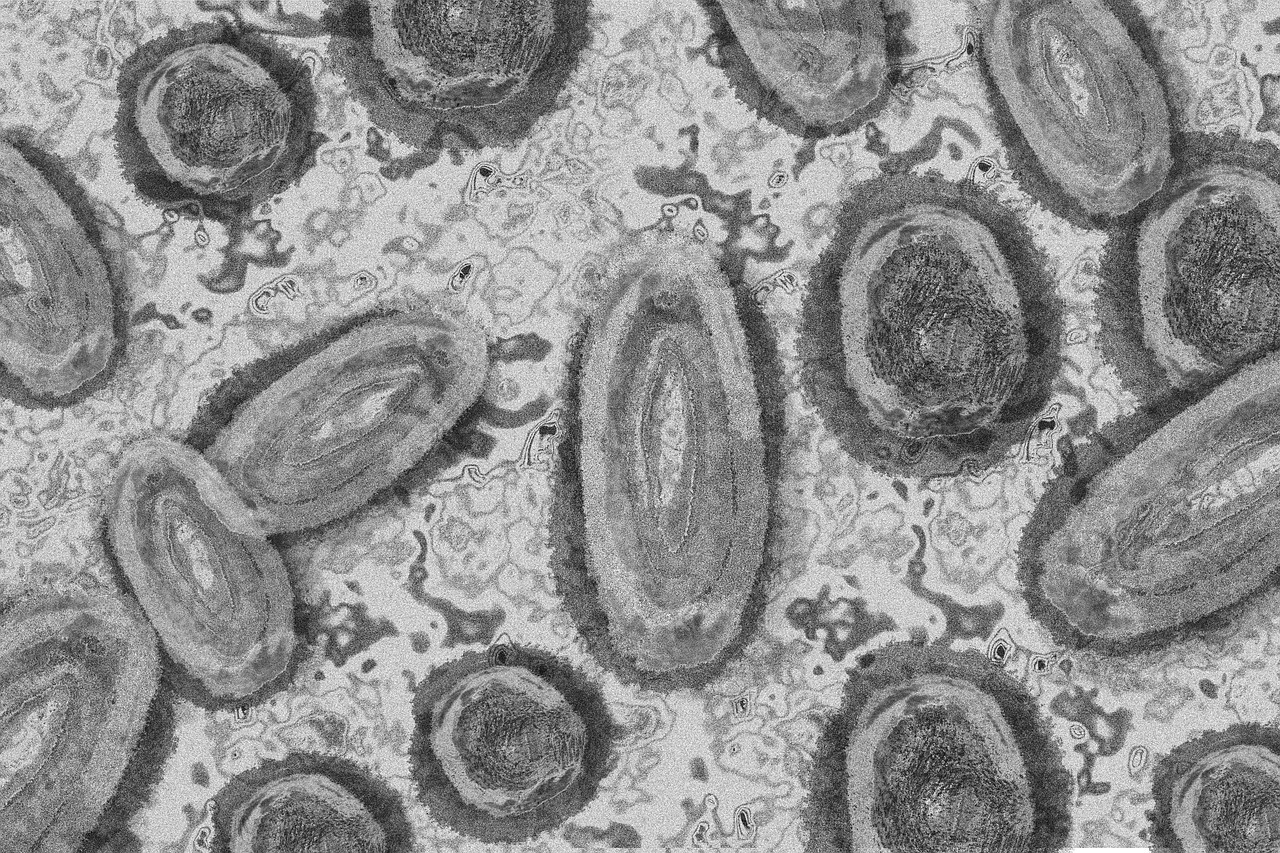Smallpox, before its complete eradication in 1980, was a deadly virus that spread from person to person through physical contact or the air. Its physical appearance somewhat resembles chicken pox, with symptoms like pus-filled blisters and high fevers. In the past, smallpox haunted people all over the globe. From East Asian monks to European sailors, everyone knew and feared smallpox. It killed roughly 300 million people in the 20th century alone.
Origin of Smallpox in the Americas
When European settlers came to North America, they brought smallpox along with them, passing it on to the natives. In some cases, the natives contracted the disease accidentally. However, British officials would sometimes use smallpox as a weapon, by passing out blankets and handkerchiefs containing the variola virus (one of the causes of smallpox) on them. Smallpox killed only 20-50% of the Europeans, while it killed entire communities of Native Americans. The disease also thrived in Asia, Africa, South America, and Europe.
Smallpox’s Cure & Complete Eradication
When all hope seemed to be lost, Edward Jenner found the solution in 1796. Jenner, who had been researching smallpox, noticed that his milkmaid who previously got cowpox seemed unaffected by it. He came to a theory that due to the fact that the milkmaid got cowpox before, she was less likely to get smallpox. In order to find out more, he scraped the pustule (blisters caused by smallpox) from an individual who had cowpox and then put it in another individual’s body. The results helped him conclude that the inoculation of cowpox acted as a prevention against smallpox.
His findings gave a new sense of hope for what seemed like a never-ending problem. However, it took until 1801 for the vaccine to be introduced to the general public as a preventative measure for the disease due to the fact that many people were skeptical of Jenner’s findings. Eventually, the vaccine was accepted globally, and after hundreds of years of providing the world with the treatment, smallpox was declared as completely eradicated in 1980 by the WHO.
Image Credit: geralt
Works Cited:
CDC. “What Is Smallpox? .” Centers for Disease Control and Prevention, 22 Oct. 2024, www.cdc.gov/smallpox/about/index.html. Accessed 29 Mar. 2025.
Mayo Clinic . “Smallpox – Symptoms and Causes.” Mayo Clinic, 22 Sept. 2020, www.mayoclinic.org/diseases-conditions/smallpox/symptoms-causes/syc-20353027. Accessed 29 Mar. 2025.
National Geographic. “Smallpox.” National Geographic, 2 Dec. 2009, www.nationalgeographic.com/science/article/smallpox. Accessed 20 January 2025.
“Smallpox: History, Cause, Vaccine, and Does It Still Exist?” Www.medicalnewstoday.com, 28 Feb. 2022, www.medicalnewstoday.com/articles/smallpox#symptoms. Accessed 20 January 2025.
World Health Organization. “History of Smallpox Vaccination.” Www.who.int, World Health Organization, www.who.int/news-room/spotlight/history-of-vaccination/history-of-smallpox-vaccination. Accessed 12 February 2025.
—. “Smallpox.” Www.who.int, World Health Organization, 10 Nov. 2021, www.who.int/health-topics/smallpox#tab=tab_1. Accessed 29 March 2025.


The contributions of Edward Jenner are crucial to eradicating smallpox, and the journey of finding the vaccine was well-defined.
I have seen few cases of Small pox-induced myocarditis” in army recruits who received small pox vaccination.
Hence this awareness of crucial if you practice near a military base and see patients form these facilities.
https://pubmed.ncbi.nlm.nih.gov/22324207/